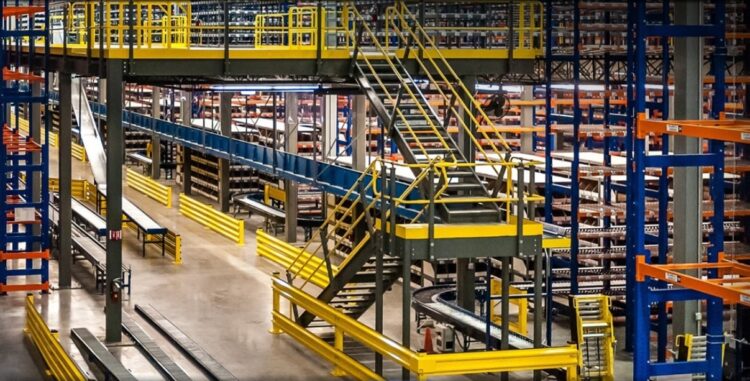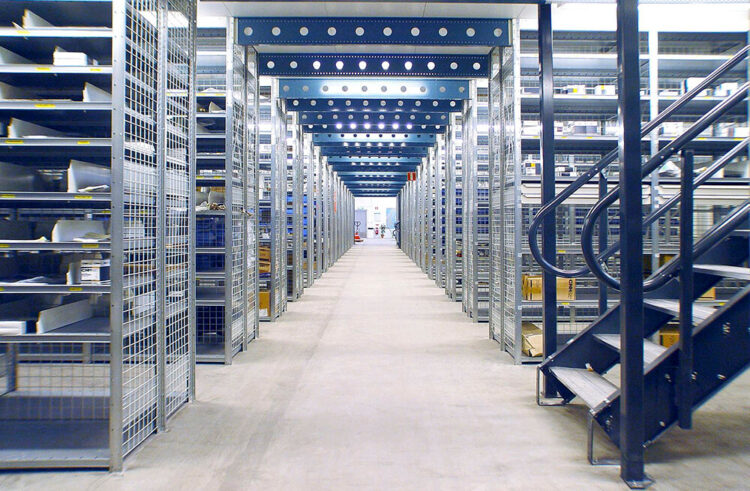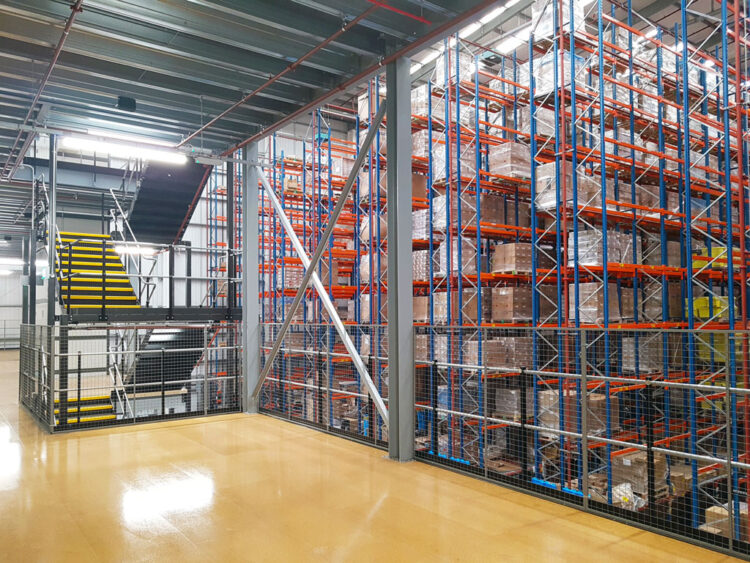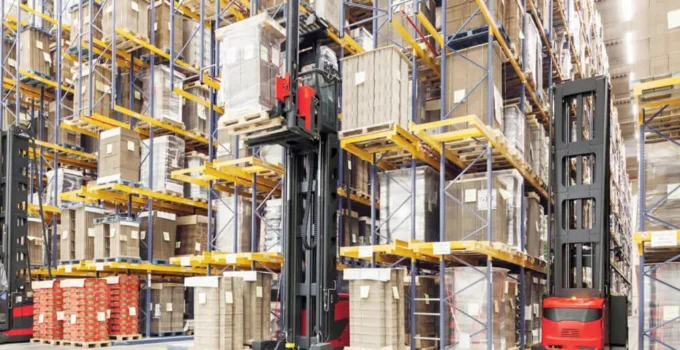As businesses grow, efficient warehouse storage solutions become critical.
They ensure that inventory is organized, accessible, and stored in a manner that maximizes space while maintaining safety and operational efficiency.
Effective storage solutions help businesses manage their inventory more effectively, reduce costs, and improve overall productivity.
Page Contents
Warehouse Systems

Source: forbes.com
Warehouse systems refer to the various methods and structures used to store goods within a warehouse.
These systems can range from simple shelving units to complex automated retrieval systems.
Common types include static shelving, mobile shelving, multi-tier racking, pallet racking, mezzanine floors, wire partitions, and automated retrieval systems (ASRS).
If you are in need of equipment that can make logistics smoother, visit https://lenokers.com.
Importance of Selecting the Right System
Choosing the right system is crucial for maximizing efficiency and meeting the specific needs of a business.
The appropriate system depends on factors such as the type and volume of inventory, available warehouse space, and the level of accessibility required.
Proper selection can lead to improved space utilization, faster order fulfillment, and reduced operational costs.
Types of Warehouse Storage Solutions

Source: storage-solutions.com
Now let us address the warehouse storage solutions.
Static Shelving
Static shelving involves fixed shelves that are ideal for storing lightweight items that do not require frequent movement. They are simple to install and cost-effective.
Best for small items, office supplies, and goods that are picked manually and infrequently.
Mobile Shelving
Mobile shelving units can be moved along tracks, allowing for better space utilization compared to static shelving. They provide flexibility and are suitable for dynamic storage needs.
Ideal for environments where space is at a premium, such as:
- Archives
- Retail stockrooms
- Parts storage
Multi-tier Racking

Source: dexion.com
Multi-tier racking systems allow businesses to use vertical space effectively by creating multiple levels of storage.
Perfect for storing small parts and items that require organized, accessible storage solutions.
Pallet Racking
Pallet racking is designed to store heavy and bulky items on pallets. It consists of uprights and beams to create storage bays.
Provides easy access to palletized goods, improving loading and unloading efficiency.
Mezzanine Floors
Mezzanine floors add extra levels to a warehouse, creating additional space without expanding the footprint.
Available in various materials such as steel and aluminum, mezzanines offer flexibility and durability, accommodating various types of storage needs.
Wire Partitions

Source: avantauk.com
Wire partitions create secure areas within a warehouse for high-value items or separate workspaces.
They are easy to install, modify, and remove, providing a versatile solution for changing storage needs.
Automated and Retrieval Systems (ASRS)
ASRS are computer-controlled systems that automatically place and retrieve inventory from defined storage locations.
These systems improve storage density, speed up retrieval times, and enhance accuracy in inventory management.
Key Considerations for Choosing Warehouse Solutions

Source: cargo-express.co.uk
Inventory Requirements: Before choosing a storage solution, it’s essential to understand the specific requirements of the inventory. Consider the weight, dimensions, and fragility of the items to determine the most suitable storage system.
Floor and Vertical Space Assessment: Evaluate both the floor and vertical space available in the warehouse. Efficient use of vertical space through multi-tier racking or mezzanine floors can significantly increase storage capacity without expanding the warehouse footprint.
Example of Automated Systems Saving Floor Space: Automated storage and retrieval systems (ASRS) can save floor space by compactly storing items and utilizing vertical space more effectively.
Accommodating Future Growth: Choose storage solutions that can be easily scaled to accommodate future business growth. This might include modular shelving systems or flexible racking solutions that can be expanded as needed.
Flexibility in Storage Systems: Flexible storage systems can be reconfigured or adjusted to meet changing inventory needs, ensuring that the warehouse can adapt to new challenges and opportunities.




